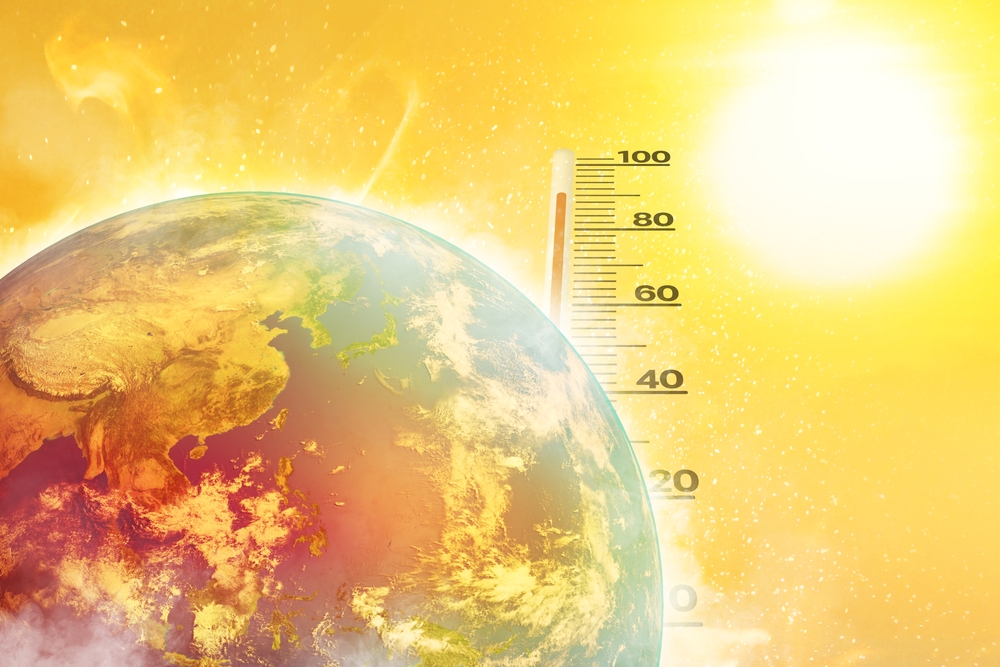YouTube profits from climate denial – still

• Climate denial is back and rising – but with a twist.
• The “new dial” skirts bans on old climate denial by peddling the idea that climate scientists are alarmists.
• YouTube has been revealed to still make money off these new denial videos.
Climate denial and ecological misinformation has always existed in tandem with the revelation that human existence is damaging the Earth’s natural environment. Naturally the site of many untrue claims, the internet is a breeding ground for conspiracy theories and climate change counter-theories.
The nature of the climate misinformation being shared is evolving, though, according to a new report. Videos that preach climate denial are in decline across nearly 100 YouTube channels, but that doesn’t mean the increasing threat of climate emergency has caused deniers to reflect.
Instead, videos attacking solutions like wind and solar power are far more common. The nonprofit Center for Countering Digital Hate (CCDH) identified 96 YouTube channels that often share what it describes as misleading climate talking points.
Those include the channels for libertarian think tank the Heartland Institute, conservative nonprofit PragerU and, yet to be on the right side of any debate, Jordan Peterson. The CCDH study used an AI model trained on climate denial, backstopped by human checks, which it used to review transcripts from 12,000 climate-related videos posted since 2018.
Roughly half of the videos were found to contain climate misinformation or disinformation (the former doesn’t place blame on the disseminator; disinformation is intended to hurt a movement). Each claim was sorted into five broad categories:
- Global Warming isn’t happening
- Human-generated greenhouse gases don’t cause global warming
- Climate solutions won’t work
- Climate science and the climate movement
- The impacts of global warming are harmless or beneficial
The first two categories were described by researchers as “old denial.” For example, a video claiming that cold weather disproves global warming would be included in this category.
The latter three are part of “new denial,” largely composed of attacks on climate solutions and the credibility of climate experts. Researchers found videos claiming that people’s standard of living will decrease if fossil fuels are used less because renewable projects require more land than fossil fuels. Last year, 70% of climate denial content on the channels analyzed focused on attacking climate solutions as unworkable, up from 35% five years ago.
There were also claims that energy-efficiency policies don’t reduce energy use.

Climate denial continues to make money while the planet burns.
Researchers divided each category into sub-claims, and many videos featured multiple types of climate claim.
Imran Ahmed, founder and chief executive officer of the CCDH, said that old denial claims have “absolutely collapsed.” In 2018, old denial comprised two-thirds of climate denial claims across the 96 channels studied; by 2023, it was down to one-third.
The report attributes the change in part to the visible effects of climate change, now too severe to ignore. It also reflects YouTube’s improved policies around misinformation. In October 2021, YouTube instituted a ban on adverts for videos explicitly denying climate change, or the idea that humans are to blame for climate impacts. A few years before that, in 2018, it paired up with Wikipedia to fact check climate videos.
YouTube’s ad policy isn’t foolproof, though; the CCDH found multiple instances of advertising on climate-denial videos. “We did see ads leaking into the old denial content,” Ahmed said.
In fact, YouTube still makes millions of dollars a year from advertizing on climate denial and misinformation videos. YouTube is making up to $13.4 million a year from ads on the channels that the report analyzed, CCDH said.
YouTube climate denial doesn’t mean the world is ending
Just yesterday, Tech Nation revealed its 2024 climate cohort, the technology companies joining its Climate Program this year. This is the fourth year of the program, which is designed to support the UK’s most promising climate tech companies.
It includes a curriculum tailored to tackling critical growth challenges and provides direct support on fundraising, acquiring multinational customers and advocating on climate policy. This year, the program’s focus is on critical solutions across food, biodiversity and nature, material innovation, packaging, the built environment, energy and mobility.
On announcing the program cohort, CEO of Tech Nation Carolyn Dawson said, “over 45% of the emission reductions needed to reach net zero by 2050 will come from the adoption of climate technologies that are still under development. Helping these amazing startups grow will deliver innovations with a dramatic impact on generations to come.”
The program’s steering committee includes leading names who have transitioned their focus to solving climate change, including Dhiraj Mukherjee, Co-Founder of Shazam; Marta Krupinska, fintech entrepreneur turned climate tech founder; Roee Goldberg, co-founder of OpenWeb; and Lubomila Jordanova, CEO of Plan A.
Backed by Tech Nation’s Founding Partner, HSBC Innovation Banking, does the program’s existence mean we can relax?
Probably not. Still, despite the climate misinformation all over YouTube, technological innovation is happening every day that would offset the damage that the internet does – and at least slow global warming. The best way to handle the spread of climate misinformation is to hold the platforms enabling the content accountable.
For the full list of businesses in Tech Nation’s 2024 climate cohort, click here.










